|
From a distance, they look like delicate fallen dragon and damselflies littering a field of tall grasses. Upon closer inspection, the geometrically arranged leaves and the fringed beard, the Rose Pogonia Orchid emerges.
This flower usually has only 1 flower on an erect, slender stem. It is rose or pink-colored and, unlike most orchids, has a nice fragrance. The lower lip is densely bearded near the throat with white to yellow bristles. There is 1 leaf near the middle of the stem. This wild orchid is found in very wet areas where sun is prominent. Other common names are: Rose Pogonia, Snake-mouth Orchid, Beard Flower. Finding this native flower was a real treat, as non-native species move in and push out our native flowers, flowers like these are becoming rarer and rarer to find. As of 2016 the 'Snake-mouth Orchid' is on the USDA's threatened/endangered list as 'Threatened'.
0 Comments
False Mermaid is a very fine delicate native wildflower with tiny green flowers along a long stalk. It is found in loamy soils where it receives dappled light through the forest canopy.
In early spring you can find it blanketing the forest floors here in Wayne County. It is a species that is threatened by the spreading invasive Garlic Mustard. May's changes are often so extreme it's hard to think just over a month ago (April 19th I believe) we were under about 2 inches of snow! Here we are in the 80s, lush lawns, filled out trees, dragonflies skimming across ponds. The grasses are up with their tiny flowers and long skirts, it is really feeling like summer. While I do welcome it, I was so looking forward to a prolonged spring, but alas, Mother Nature will do as she pleases. An interesting observation, while spring took so long to get here, for the ephemerals to bloom, once the warmth and sun arrived, these spring flowers got boogieing! Bloom-seed-fallback faster than I've ever noticed. Everything, even through changes, will balance out, and will be. There's a life lesson in there somewhere. May 5th - Bog and FunkMuch unfurling at the bog - ferns, hickories, poison ivy, even the pitcher plant flower. The grasses, sedges, and wildflowers are blooming, fruiting, and making room for the next cycle of plants. May 9th - Walton Woods, OARDC, Barnes Preserve, Grosjean ParkA big day hiking and exploring. Not listed or photographed Gerstenslager Park - but also explored this day. How an entire park can change in just a few days in spring is always magic to me. New park to the list - Grosjean - While I have in the past explored this park without crossing the Little Apple Creek, this day I ventured across the knee deep water and was graciously rewarded by amazing views, native wildflowers, and a surprisingly serene landscape even with rt 30 playing in the background. This day was okay in terms of poison ivy, but there were some heavy patches beginning to reach up and take over. Pants recommended! MAY 18 - Walton Woods and BogNine days and how lush everything has become! Filled out trees and ferns stretching out their fronds in the boggy breeze. May 22 - Magee Marsh Wildlife AreaOur first birding adventure at Magee - just east of Toledo on Lake Erie, Magee is a migratory birding hotspot as warblers and other migrants stop there to gather food and rest before crossing the lake into Canada to spend the summer. We had heard tales about how amazing it is there, but we had no idea... in the parking lot nested a pair of bald eagles, two steps onto the boardwalk and we were surrounded by brightly colored tiny warblers gleaning insects off of leaves, not paying any mind to the groups of humans with binoculars, scopes, cameras, and other viewing apparatuses. After spending a solid 4hrs on the boardwalk (just over .5mi) we wandered down to the lake, observing wildflowers, insects, and interesting grasses along the way. At the lake we enjoyed the sounds, the algae hasn't bloomed yet so the water was still bluish (if you remember our post from last summer the water was green and stringy - this is a big problem in that area made worse by lack of wetlands and over fertilizing farms - this is the simplified version, look it up, it's fascinating and terrible as the residents can't drink the water in the summer). It was a lovely day and we look forward to making it back next migration season! Rising up from the sphagnum mounds, an alien spaceship like flower hangs above one of North America's few carnivorous plants - the purple pitcher plant.
There's a lot going on with these plants so let's start with the basics and go from there... Why do these plants only grow in bogs? Bogs and carnivorous plants were made for each other. The lack of oxygen and nutrients in the water is okay for these types of plants since they derive nutrition from the insects they eat. Since other plants can't "catch" their own food and since the water doesn't have the nutrients needed, other plants can't grow in these areas leaving them open to these unique species. How do they catch their food? The pitcher plant collects rain water in the 'pitcher' and slowly waits for insects to come get a drink. The angled hairs inside the pitcher work to keep insects that have crawled or flown in - in the plant. Evidence suggests only 1% of the insects that venture into this trap actually fall in the enzyme rich water in the pitcher and become food, the other 99% simply fly, crawl, saunter, strut, their ways out. How do they 'eat'? The pitcher plant secretes digestive enzymes into the rainwater in the 'pitcher' that breaks down the nutrients from the (few) insects that fall in (much like the enzymes in our stomaches). The nutrients are then absorbed by the plant - instead of absorbing nutrients through the roots. Tell me more! There are at least two insects that actually use the pitcher plant as a breeding location! "A community of microorganisms eventually develops in the water at the base of the pitchers. These microorganisms live on the nutrients of the decaying insects, and may actually increase the nutrients available to the plant by further digesting its prey. The microorganisms are themselves prey to at least two species of carnivorous insects – the larvae of a mosquito and the larvae of a midge – which complete their life cycles in the pitchers. For some reason, the digestive enzymes secreted by the plant affect neither species." There's a lot going on under the alien-like flower in the calm, still, pitcher plants. Nothing says that summer is near like the drifting and wafting and waving of the shepherd's purse plant.
Originally from Europe, settlers brought with them the shepherd's purse which took hold and can be found aggressively growing throughout the Americas. This delicate plant can grow up to 3 feet tall, a cluster of small white flowers adorns the top while along the stem seed pods which resemble that of a shepherd's money bag (hence the name) stretch out to release their seeds. The health benefits this plant brings are immense: heart and circulatory problems, headaches, vomiting blood, blood in the urine, diarrhea, and bladder infections. I have read many reports of amazing success helping premenstrual problems, long periods, and menstrual cramps - especially those who deal with fibroids. It has also been known to be applied directly to the skin for superficial burns and bleeding skin injuries. This native, miniature version of wild ginseng rises up an umbel of white flowers above 3 compound leaves.
While the root of the dwarf ginseng is edible, it's reputed to have a pungent taste, and does not carry the medicinal qualities of the American Ginseng. It's interesting
watching the seasons observing life observing living. This month was very forward, almost rude in its abrupt changes - winter to spring. It seems it got to the punchline before setting up the joke. Perhaps it had to noting the wheels were off the track noting that it was May and very few blooms were there to transform the brown forest floor into the magical realm of intrigue and curiosity as we longingly poke under leaves searching for the sign that the cold, barren, existence will soon come to an end. Zizia aurea - what a beautiful Latin name for a bright and beautiful flower!
"Golden Alexanders is a carefree plant which occurs naturally in small colonies on wet soils. It prefers wet sites, but is very tolerant of dry conditions in the summer. The preference is for full to partial sun, although light shade under trees is tolerated." This flower is an important source of food for many native pollinators including being the host plant for black swallowtail butterflies! Great addition to any native wildflower garden. In the United States and Canada there are 191 species in the Erigeron genus, some residing in only one state. The state of Ohio has only 3 native species: the Eastern Daisy Fleabane, the Philadelphia Fleabane, and the Wild Prairie Fleabane.
These will bloom from now (late spring) through the summer months. The leaves are edible but fuzzy, best to cook first! Common Groundsel goes by many names - Old-Man-In-The-Spring, bird-seed, grimsel to name a few.
It is an introduced species to North America and has spread invasively across the country - most likely due to it being used as food for pet canaries as was the trend to keep them. This plant begins to bloom and spread its seed in early spring and continuing into late autumn sometimes producing three to four generations in one season! Animals large and small will eat this weed (except horses and sheep who are much pickier). It is safe for smaller animals to eat but can cause liver damage in horses and cattle. As with many introduced species this one too comes with a laundry list of claims to fix this, that, and another thing, here are some... - Groundsel was good for wounds as had been caused by being struck by iron. - As a remedy for chapped hands, pour boiling water on the fresh plant, the liquid then forms a pleasant swab for the skin and will remove chapping. - For gout it was recommended to 'pound it with lard, lay it to the feet, and it will alleviate the disorder.' And just like that, the view of the pond is almost completely obscured! April to May is one of the most incredible transitional periods, here we go from faint color to full on lush, the grasses are up, the leaves are coming out, the spring ephemerals are finishing, bedstraw and jewel weed are working on dominating the forest floor. Up in the canopy yellow and hooded warblers can be heard (and spotted if you're quick!). At the pond the very first dragonflies are making their inaugural appearances after molting from their aquatic stages as nymphs.
What a time of year! Indian cucumber-root (Medeola virginiana)
Easy to miss, the whorled leaves at the base of this plant resemble the mayapples that grow nearby. With a green 'flower' it's easy to miss all around. But if you spot the unique flower hidden under the top three leaves, you won't soon forget it! Some plants will have multiple flowers growing from the central whorl of three leaves on top of the wooly unbranched stem. The root is white, brittle, and tastes and smells somewhat like a cucumber. It was once used by Native Americans for food, but due to its scarcity it is not recommended to dig this plant. After the flowers bloom it fruits bluish-purple berries, which birds are attracted to; the cluster of leaves below turn red at the lower half. Scheuchzeria is an endangered species of Ohio that is a family all its own.
Those who have tried to classify it initially included it in the Arrowgrass family (Juncaginaceae), but since it had fruit and flowered, it was considered to be more lily like. So they let it be its own thing. It can be found blooming June & July mainly in bogs and fens across northern North America, Europe, and Asia. It has long rope-like rhizomes and is one of the most common bog plants in Finland! If you were to squeeze the fruits (not recommended) they would produce a chlorine like scent much like a swimming pool. It tends to float along with the sphagnum mounds thanks to its long air-filled rhizomes. Pollination occurs by wind, that's why the flowers are not very bright or showy and its anthers are held at the end of long filaments. This showy white flower is a member of the buttercup family (ranunculaceae). White baneberry has a showy white 'burst' of a flower in May that will form white 'dolls eyes' berries in the summer. All parts of this plant are highly toxic.
Differentiated from red bane berry by its thick floral stalk. A member of the Bedstraw family, Cleavers (Galium aparine) is a weak-stemmed, reclining plant with backward-hooked bristles on its seems and leaves. May-July it blooms small white flowers about 1/8th of an inch.
Waterleaf family (Hydrophyllaceae).
In Ohio we have 8 different native species. These enjoy low-lying damp woods, floodplains, creekside, etc. It is one of the earliest leaves to emerge in the spring, and is easy to identify by the white 'water bleaching' like spots on the leaves. Found in large colonies growing from connected rhizomes. Mid to late spring flowers emerge in colors varying from pale pink to deep purple, occasionally white. The most common species: -Virginia Waterleaf (H. virginianum) -Large-leaved Waterleaf (H. macrophyllum) Can both be found in the photos below. The other species have more rounded maple like leaves. A native to the eastern US, this showy flower blooms from March-July (deadheading flowers will prolong bloom time).
Seeds attract Mourning Doves, Bobwhite Quail, and White-tailed Deer. In early medicine, the plant was boiled to make tea for diarrhea. Tea used as rinse for sore throat, thrush, and mouth ulcers. Dried, powdered roots applied to bleeding blood vessels to promote coagulation. Greater Celandine (Chelidonium majus L. celandine)
You may remember an earlier post about the invasive Lesser Celandine - the invasive plant which hang out riverside pretending to be the native Marsh Marigold, the only thing these two have in common is the color of their flowers (and the name). This is also a non-native species and as with most introduced plants it comes with a wide list of medicinal properties (there's a reason many settlers brought along helpful plants from their homeland).
**information provided is not intended to be used to treat, diagnose, cure, or remedy any medical issues. Phlox divaricata L.
Also known as: wild blue phlox, Louisiana phlox, blue woodland phlox, sweet william, wild sweet william. Calling them blue is a bit of a misnomer as they're more commonly a lavender to whitish color. They can be found in both woodlands and in fields providing nectar for bees and butterflies. Two leaf toothwort - aka- crinkle root (Cardamine diphylla)
At first glance, this seems like a mistaken name, but from the root rises two leaves with three coarsely toothed leaflets on each. This toothwort blooms a few weeks to a month later than the earlier cutleaf toothwort. A native species of the eastern half of the US, this spring ephemeral thrives in rich woods and moist soil. The Cherokee made a poultice of the roots to treat headaches. This flower is an important host for the native West Virginia White butterfly (often mistaken for the non-native Cabbage White). After hatching, the caterpillars feast of the leaves of this plant, however, since the introduced Garlic Mustard is overtaking our woodlands, the WVW has begun laying eggs on the Garlic Mustard, after they hatch, the caterpillars can't survive on the garlic mustard leaves and die. This has caused a large decline in the WVW populations. The Cherokee made a poultice of the roots to treat headache. Use Wildlife: West Virginia White is a native butterfly species often mistaken for Cabbage White, an introduced species. Lays its eggs one by one on this plant and Dentaria laciniata, another toothwort. Squirrel Corn (Dicentra canadensis) is in the same family as Dutchman's Breeches and Bleeding Hearts. Where it grows with Dutchman's Breeches, it blooms often a few weeks later after the 'breeches' are finishing up.
These can be found in the eastern half of Ohio mainly in wooded areas, along wooded slopes in well drained soils. The name 'Squirrel Corn' is derived from the appearance of the root structure that looks like corn kernels - those of us who live alongside squirrels know how they like to hide all their foods! To find these beauties it helps to get way low as the large leaves tend to hide the showy 2 inch flower.
While the flower blooms in May. it doesn't grow its fruit until much later. All parts of this plant are poisonous except for the golden-yellow fruit which can be made into jellies (but is it worth the risk?). Jack in the pulpit is also sometimes know as Indian Turnip. This plant is edible but must be cooked to avoid blisters and burning reactions. In late summer and fall this plant grows a cluster of shiny red berries on it's spadix which is a great meal for birds.
Veronica arvensis
Snapdragon Family A low growing many branched plant with flowers of less than 1/5 inch in bright blue. This plant gets its name for the rate at which it grows and spreads. Speedwell is common in fields, pastures, cultivated ground and other waste areas. Blooming from March- August. These tiny flowers (about 1/4inch diameter) are of the Pink Family (Caryophyllaceae). The mouse-eared chickweed tends to have fuzzier leaves than the common chickweed. Each has five deeply cleft petals giving the illusion of being 10-petaled. The leaves can be boiled and eaten as greens.
|
AboutSince 2015 we have been exploring and sharing all the amazing things we’ve found in nature. AuthorEmily is an Ohio Certified Volunteer Naturalist who is most often found out in the woods. Archives
March 2024
Categories
All
|
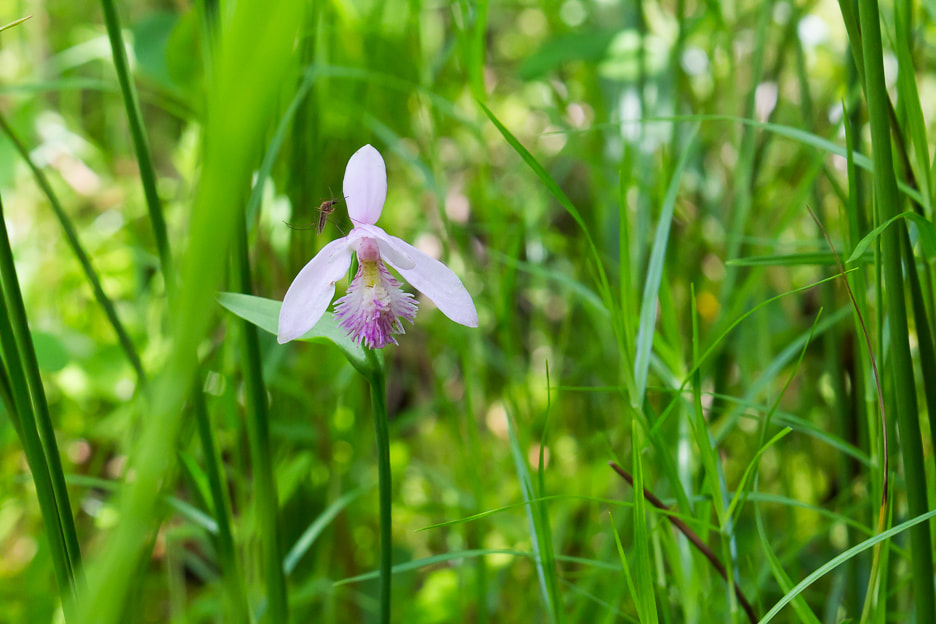
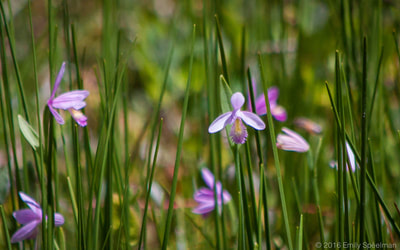
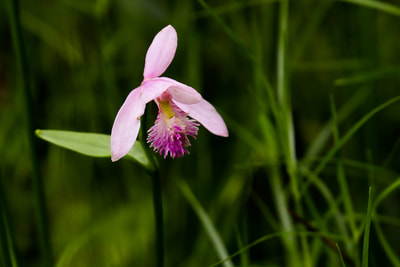

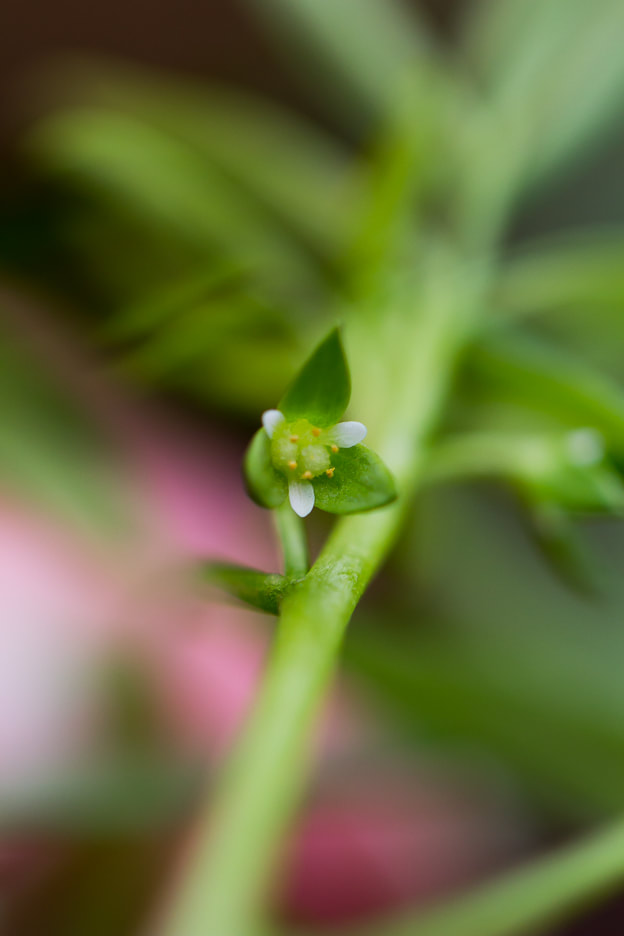


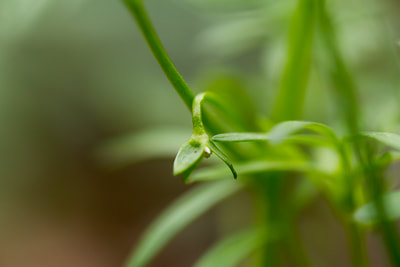


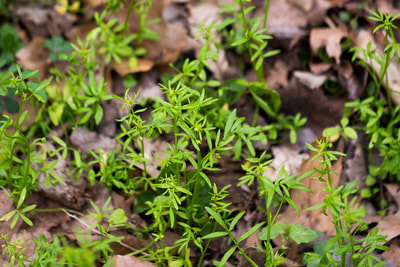
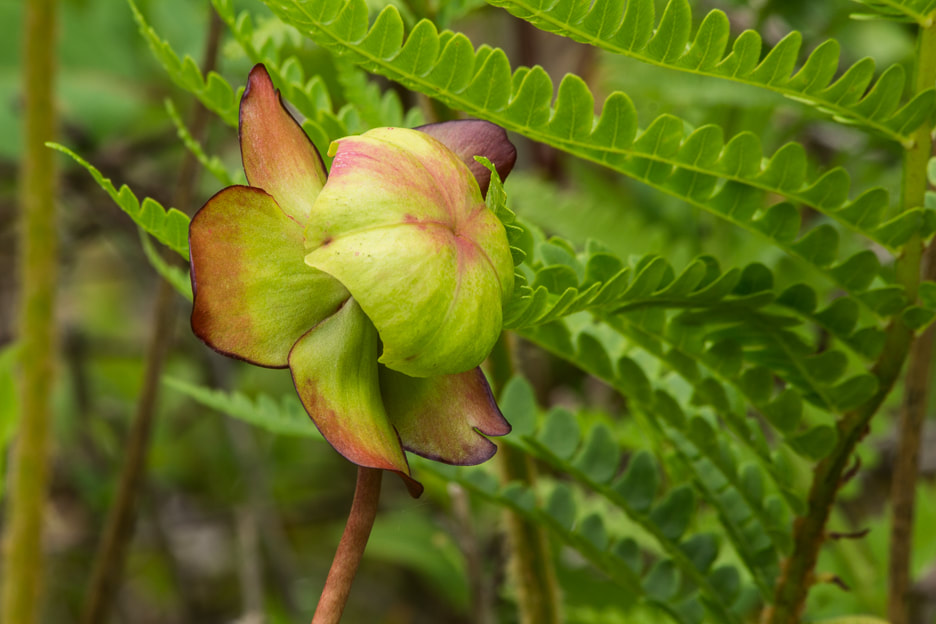



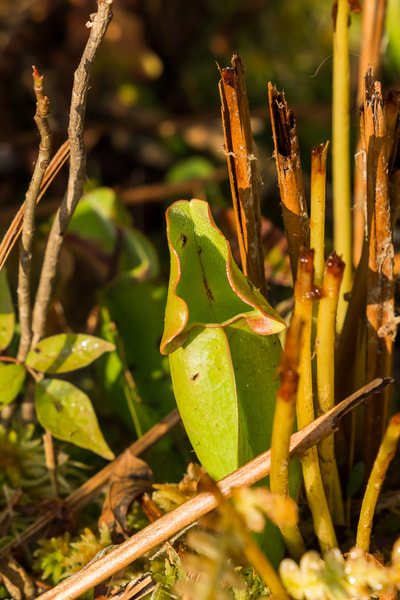
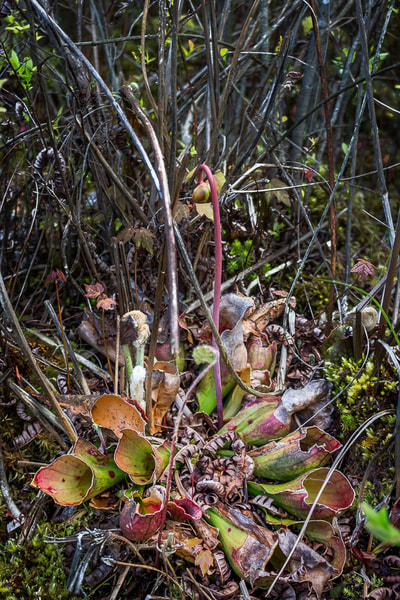

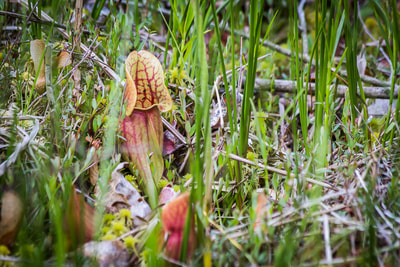

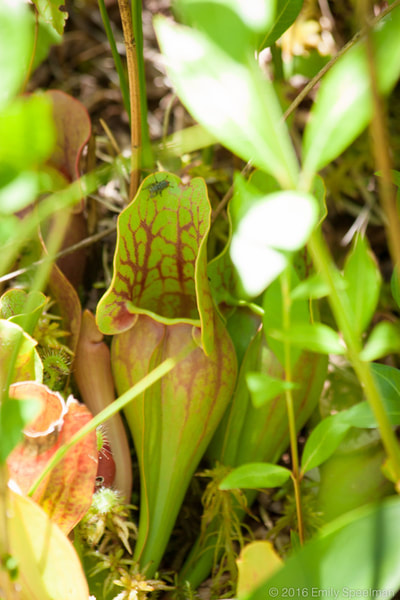
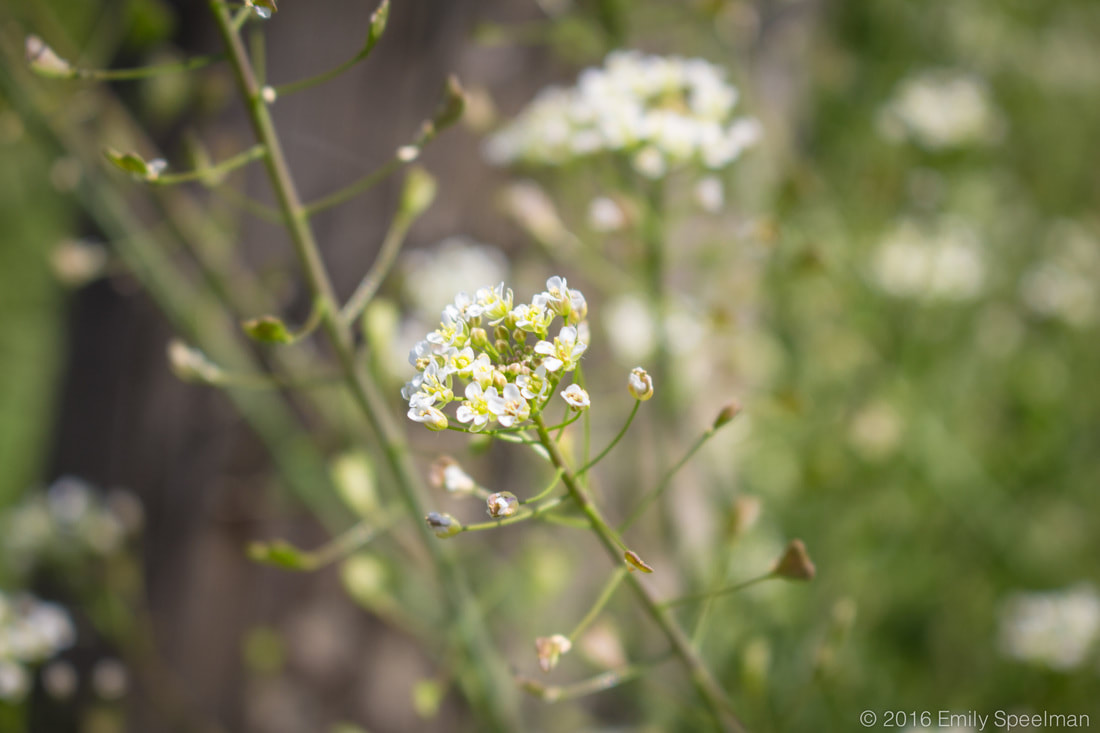
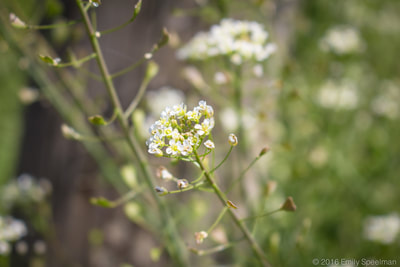






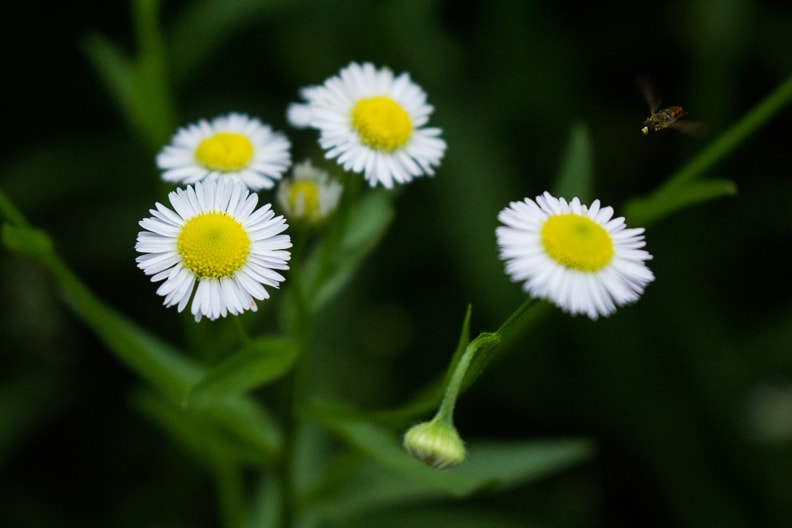


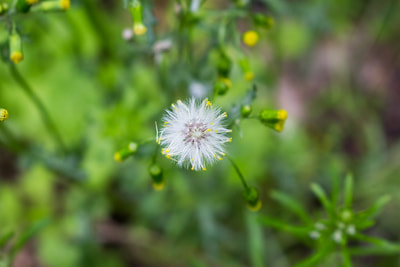

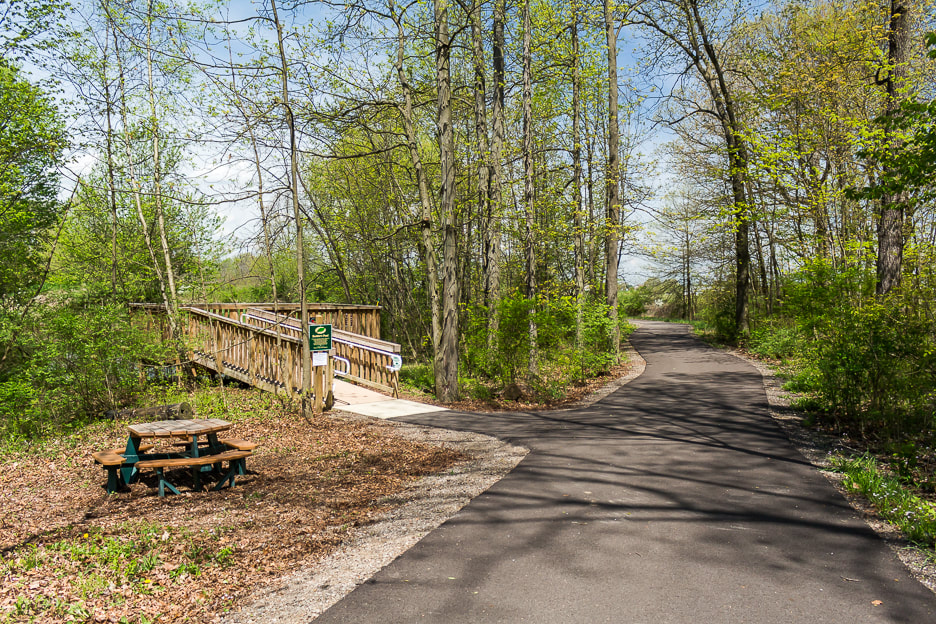

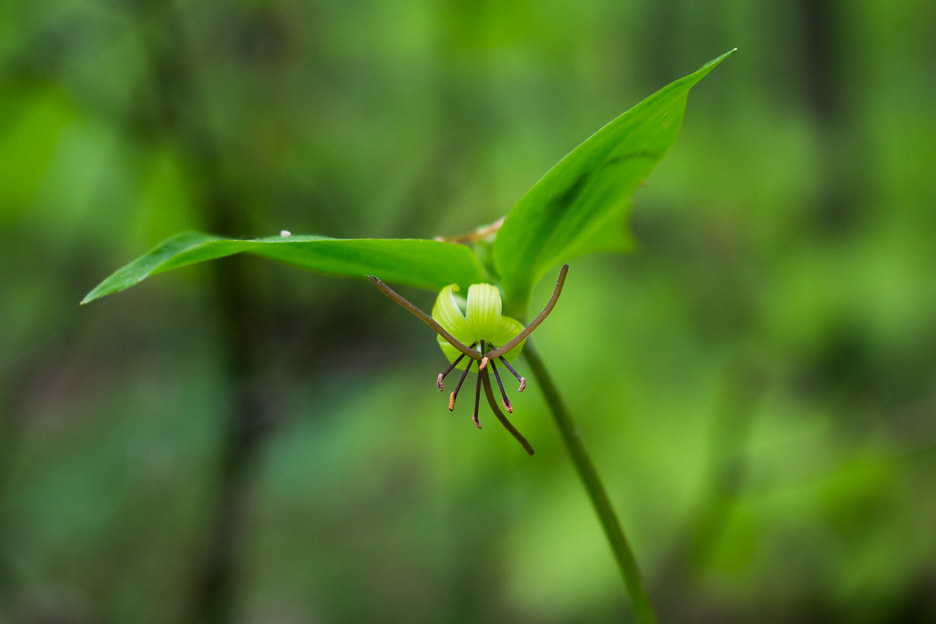
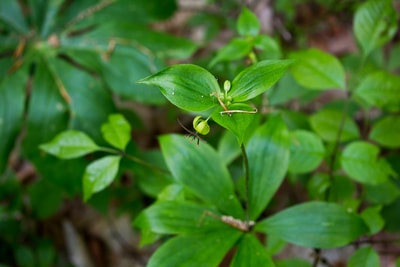

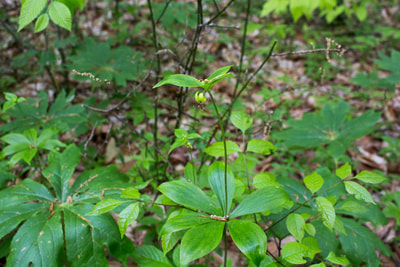

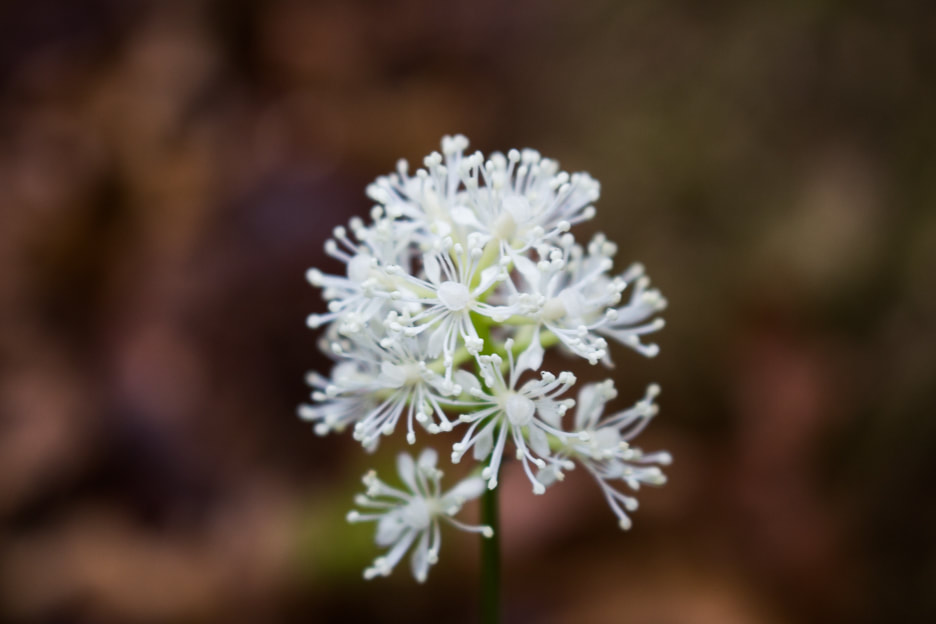
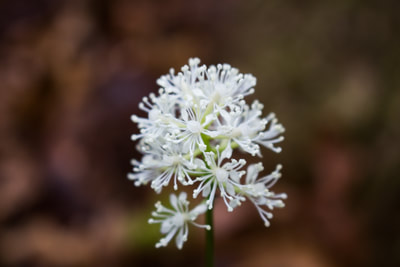
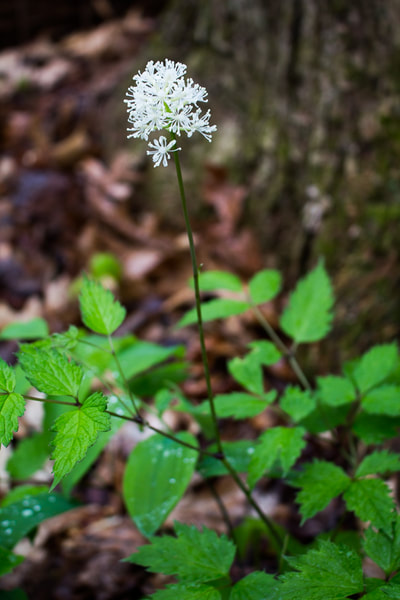
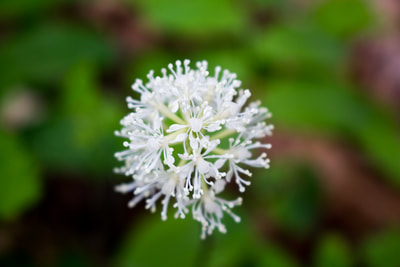


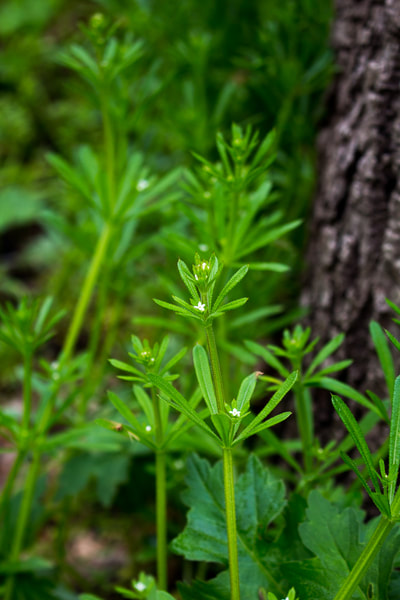


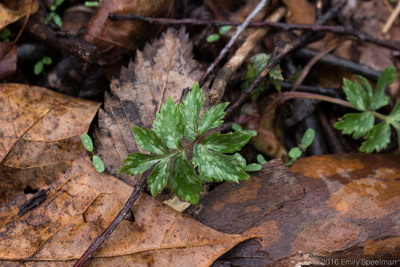
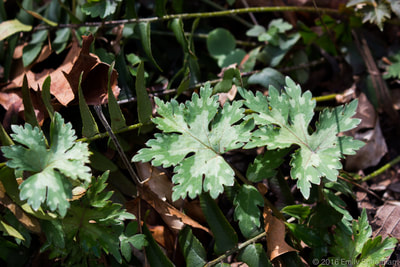
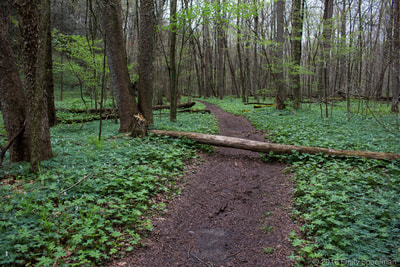
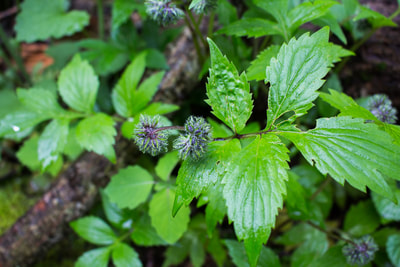
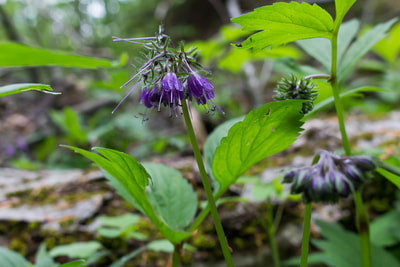
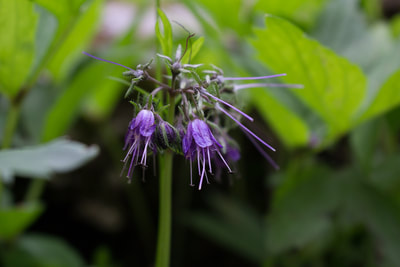


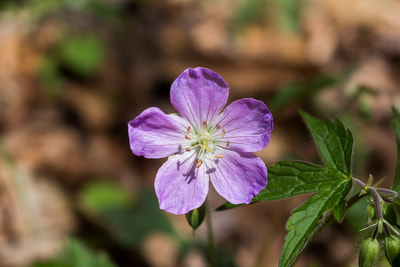
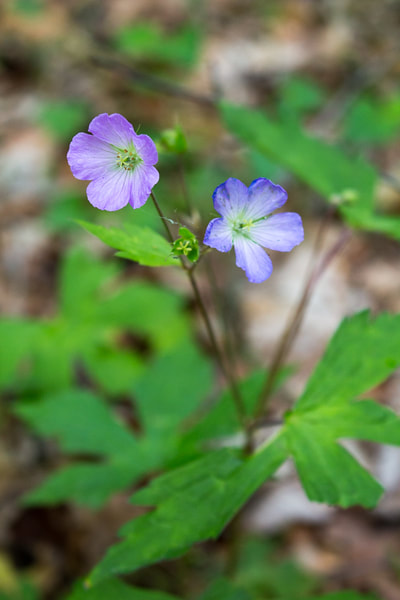


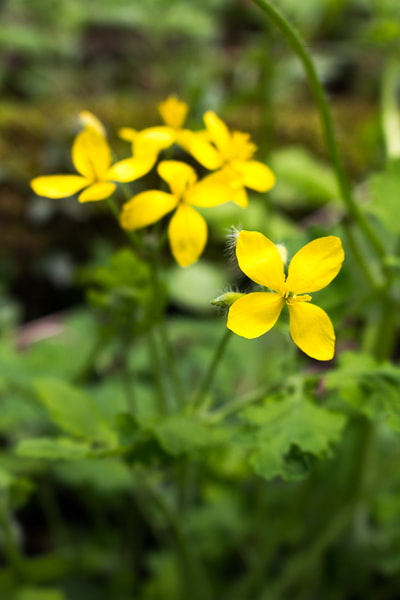


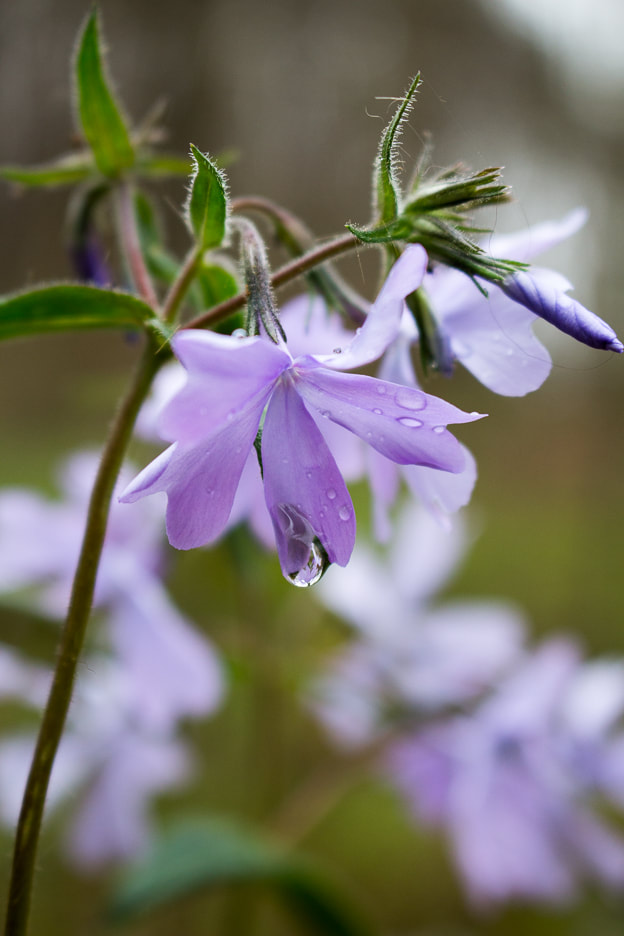



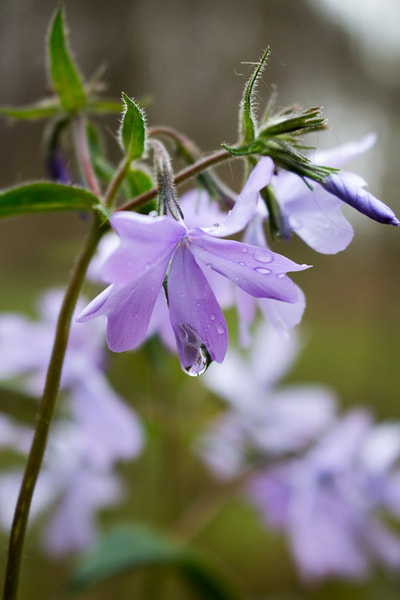

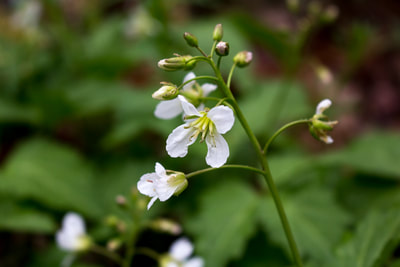
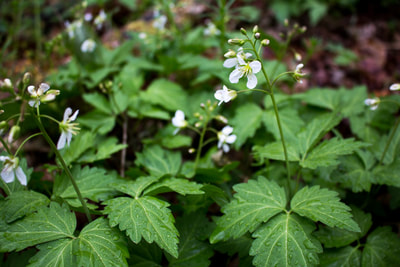
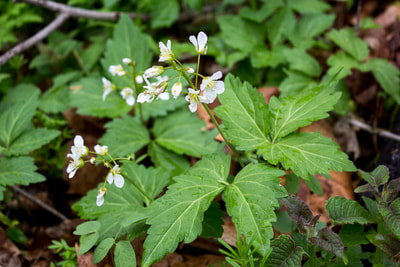

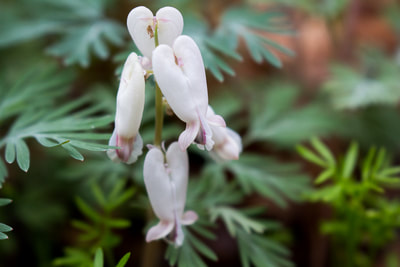



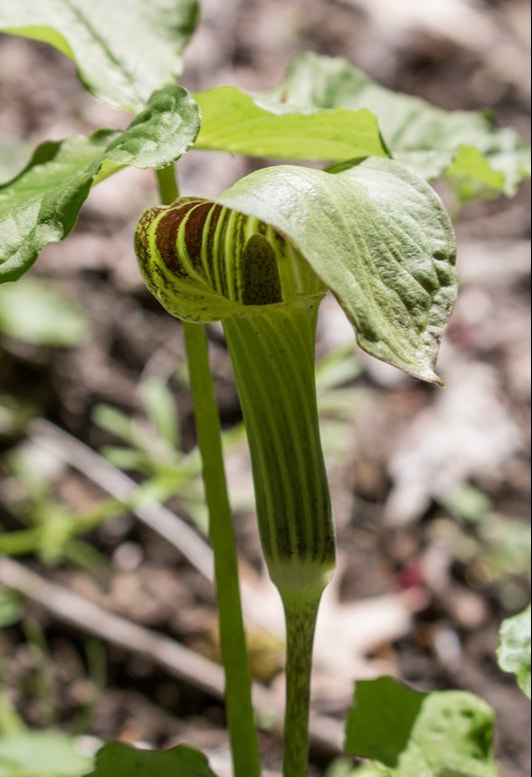

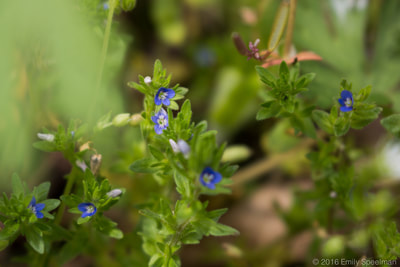

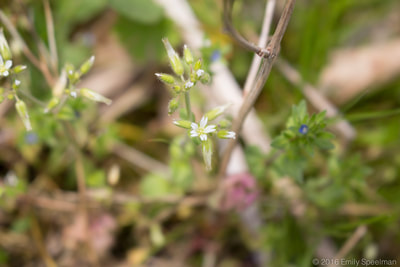
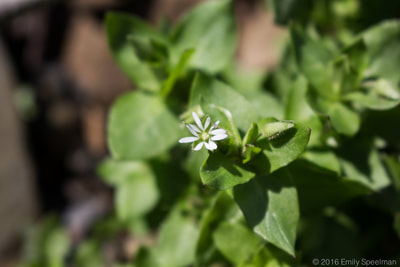
 RSS Feed
RSS Feed